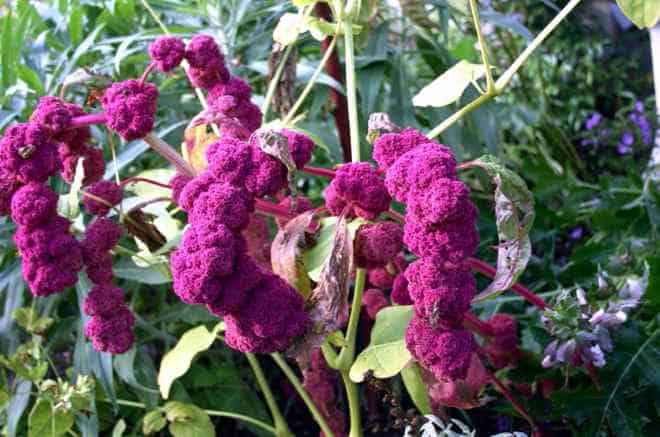Ancient grain. Superfood. Pseudo-cereal. Aztec staple. Amaranth has been making a dietary comeback as its nutritional profile packs a protein punch, while also offering a good dose of lysine, calcium, iron and magnesium. The gluten-free seed can be incorporated into a wide variety of dishes, improving a basic corn tortilla or a loaf of bread.
From the protein-rich seeds to leaves that boast a similar nutritional profile to that of kale, amaranth has cropped up in U.S. food news in the last several years. The Whole Grains Council has touted amaranth for being one of several grains that would make for improved health, replacing nutrient-depleted, processed grains, the type described in food writer Michael Pollan’s latest work, Cooked: A Natural History of Transformation.
A relative of beets, chard, spinach, and quinoa, amaranth could be an important food for combating obesity, particularly in Mexico where the grain has its origins. Already used in alegria, a popular Mexican street food, the grain has been adopted as the sustainable crop of choice for Puente a la Salud Comunitaria, a Oaxacan-based organization focused on “food sovereignty and advances the health and well-being of rural communities in Mexico by promoting the cultivation, consumption and commercialization of amaranth.” Puente’s work with amaranth has received particular attention with the release of U.N. Food and Agriculture Organization’s (FAO) 2013 report, The State of Food and Agriculture, which placed Mexico’s obesity rate above that of the United States.












